The faucet handle is the most visible and commonly used part of a kitchen sink faucet. It is where you turn the water on and off, adjust the temperature, and control the flow of water. This small but essential component comes in various shapes, sizes, and materials, such as metal, ceramic, or plastic. Some handles are even designed with ergonomic features to provide a comfortable grip while using.Faucet handle
The spout is the long, curved tube that extends from the body of the faucet and delivers water into the sink. It is where the water comes out and is available in different lengths and styles, such as gooseneck, straight, or pull-down designs. Some spouts also have a swivel feature, allowing you to move the faucet from side to side, making it easier to fill up large pots or clean the sink.Spout
The aerator is a small attachment that fits onto the end of the spout and controls the flow of water. It mixes air with the water, creating a steady and evenly pressured stream. This not only reduces water usage but also helps prevent splashing. Most modern faucets come with built-in aerators, but they can also be purchased separately and easily screwed onto the spout.Aerator
The valve is a mechanism inside the faucet that controls the flow and temperature of water. It is typically located under the handle and is responsible for shutting off the water supply when the faucet is turned off. The most common types of valves are compression, ball, cartridge, and ceramic disc. Each type has its own advantages and disadvantages, so it is essential to choose the right one for your needs.Valve
The cartridge is a crucial part of the faucet that controls the flow of water. It is a small cylindrical piece that fits into the valve and moves up and down to regulate the water temperature and flow. Cartridges can be made of different materials, such as plastic, brass, or ceramic, and can be replaced if they start to malfunction or leak.Cartridge
The supply lines are the pipes that connect the faucet to the water supply. They are usually made of flexible materials such as braided stainless steel or plastic and come in different lengths to fit various sink configurations. These lines are essential for supplying water to the faucet and must be properly connected to prevent leaks.Supply lines
The mounting hardware is the set of screws, nuts, and bolts that hold the faucet in place on the sink or countertop. They are usually made of metal and are designed to be durable and sturdy. The type of mounting hardware used will depend on the type of faucet and sink, so it is important to follow the manufacturer's instructions carefully when installing a new faucet.Mounting hardware
The base plate, also known as an escutcheon, is a decorative cover that hides any gaps between the faucet and the sink or countertop. It is typically used for faucets with multiple handles or holes, and it can also provide extra stability and support for the faucet. Base plates come in various sizes and finishes, making it easy to find one that matches your faucet and sink.Base plate
The sprayer is a separate attachment that is connected to the faucet and used for rinsing dishes, fruits, and vegetables. It is usually mounted on the side of the sink or countertop and can be pulled out for easy use. Some sprayers also have a feature that allows you to switch between a steady stream and a high-pressure spray, making it a versatile tool for cleaning in the kitchen.Sprayer
The soap dispenser is a convenient addition to any kitchen sink faucet. It is a small pump or container that dispenses liquid soap or hand sanitizer, eliminating the need for a separate soap bottle on the counter. Soap dispensers come in various styles and finishes, and some are even designed to match the faucet for a cohesive look. In conclusion, the kitchen sink faucet is made up of several key components that work together to provide a reliable and functional water source in the kitchen. From the faucet handle to the soap dispenser, each part plays a vital role in ensuring a smooth and efficient water flow. Understanding the different parts of a kitchen sink faucet can help you choose the right one for your needs and maintain it properly for years to come.Soap dispenser
The Importance of Choosing the Right Kitchen Sink Faucet

Enhancing Functionality and Style in Your Kitchen
 A kitchen sink faucet may seem like a simple and mundane part of your kitchen, but it plays a crucial role in the overall functionality and style of your space. It is an essential element that is used daily for various tasks, from washing dishes to filling pots with water. Therefore, choosing the right kitchen sink faucet is not just a matter of personal preference, but it also has a significant impact on your daily routine and the overall design of your kitchen.
Functionality:
The main purpose of a kitchen sink faucet is to provide water for your daily tasks, but not all faucets are created equal. Some faucets offer more functionality than others, such as pull-out or pull-down sprayers, which make it easier to reach and clean larger items in your sink. Other features to consider include the number of handles and the type of spout, such as high-arc or low-arc, which can affect the ease of use and water flow.
Style:
A kitchen sink faucet is also an essential design element in your kitchen. It can add a touch of elegance, modernity, or simplicity, depending on the style you choose. There are various designs and finishes to choose from, such as chrome, stainless steel, or brushed nickel, to match your kitchen's overall aesthetic. It is essential to consider the style of your kitchen and choose a faucet that complements it, creating a cohesive and visually appealing space.
Installation:
When choosing a kitchen sink faucet, it is crucial to consider the installation process. Some faucets are easier to install than others, and some may require a professional plumber's assistance. It is also essential to ensure that the faucet is compatible with your sink and plumbing system to avoid any potential issues.
Cost:
Kitchen sink faucets come in a wide range of prices, from budget-friendly options to more high-end and luxurious designs. It is essential to set a budget and consider the long-term cost of the faucet, including maintenance and potential repairs. It is often worth investing in a higher-quality faucet that will last longer and save you money in the long run.
In conclusion, the kitchen sink faucet is a small but significant part of your kitchen that should not be overlooked. It is essential to choose a faucet that not only meets your functional needs but also enhances the overall style and design of your kitchen. By considering factors such as functionality, style, installation, and cost, you can select the perfect kitchen sink faucet that will elevate your kitchen's functionality and aesthetic.
A kitchen sink faucet may seem like a simple and mundane part of your kitchen, but it plays a crucial role in the overall functionality and style of your space. It is an essential element that is used daily for various tasks, from washing dishes to filling pots with water. Therefore, choosing the right kitchen sink faucet is not just a matter of personal preference, but it also has a significant impact on your daily routine and the overall design of your kitchen.
Functionality:
The main purpose of a kitchen sink faucet is to provide water for your daily tasks, but not all faucets are created equal. Some faucets offer more functionality than others, such as pull-out or pull-down sprayers, which make it easier to reach and clean larger items in your sink. Other features to consider include the number of handles and the type of spout, such as high-arc or low-arc, which can affect the ease of use and water flow.
Style:
A kitchen sink faucet is also an essential design element in your kitchen. It can add a touch of elegance, modernity, or simplicity, depending on the style you choose. There are various designs and finishes to choose from, such as chrome, stainless steel, or brushed nickel, to match your kitchen's overall aesthetic. It is essential to consider the style of your kitchen and choose a faucet that complements it, creating a cohesive and visually appealing space.
Installation:
When choosing a kitchen sink faucet, it is crucial to consider the installation process. Some faucets are easier to install than others, and some may require a professional plumber's assistance. It is also essential to ensure that the faucet is compatible with your sink and plumbing system to avoid any potential issues.
Cost:
Kitchen sink faucets come in a wide range of prices, from budget-friendly options to more high-end and luxurious designs. It is essential to set a budget and consider the long-term cost of the faucet, including maintenance and potential repairs. It is often worth investing in a higher-quality faucet that will last longer and save you money in the long run.
In conclusion, the kitchen sink faucet is a small but significant part of your kitchen that should not be overlooked. It is essential to choose a faucet that not only meets your functional needs but also enhances the overall style and design of your kitchen. By considering factors such as functionality, style, installation, and cost, you can select the perfect kitchen sink faucet that will elevate your kitchen's functionality and aesthetic.






:max_bytes(150000):strip_icc()/repairing-a-single-handle-disk-faucet-1824878-hero-b3daee9af5174d8f9b9cb4a2582e7140.jpg)






















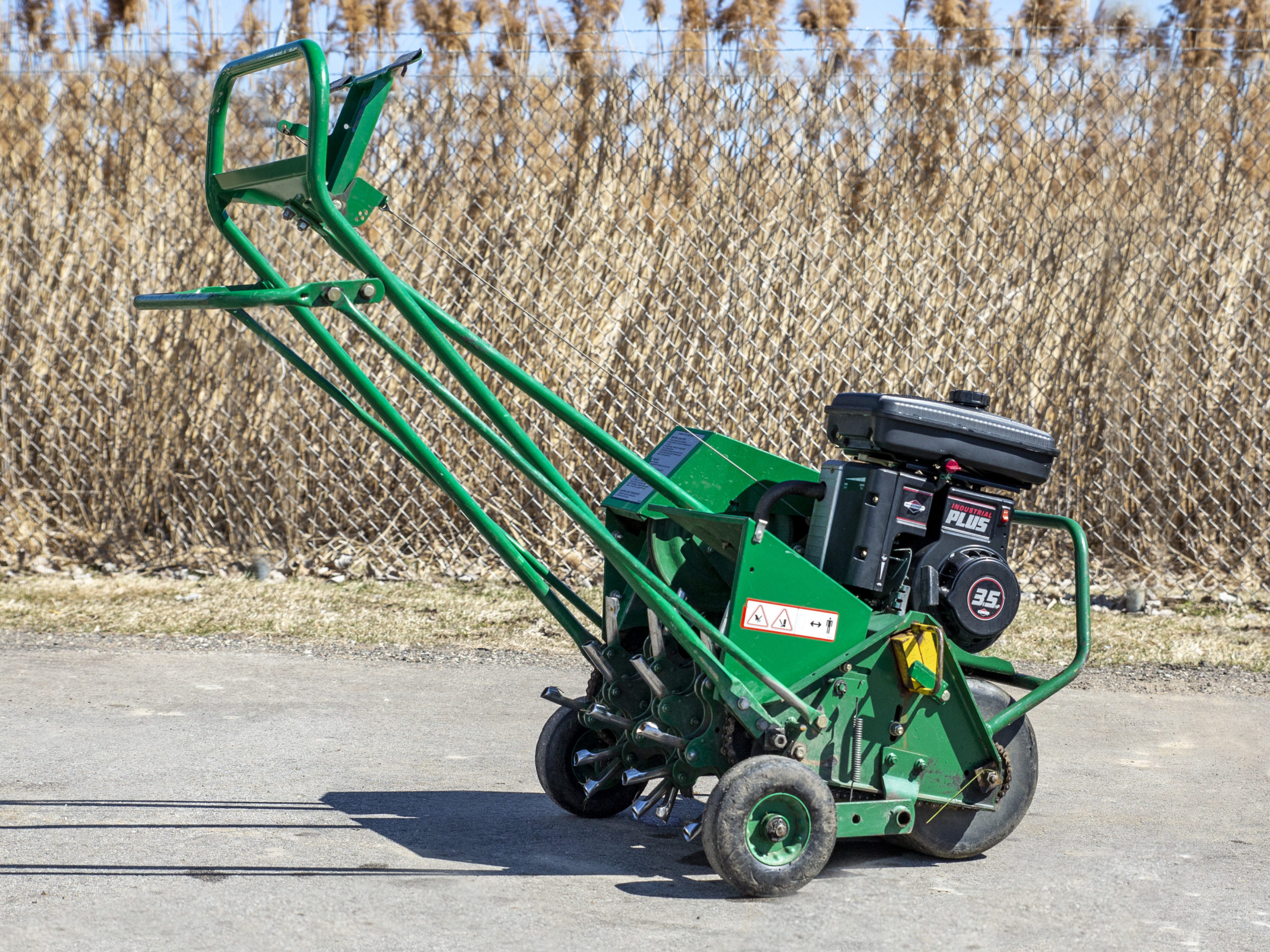





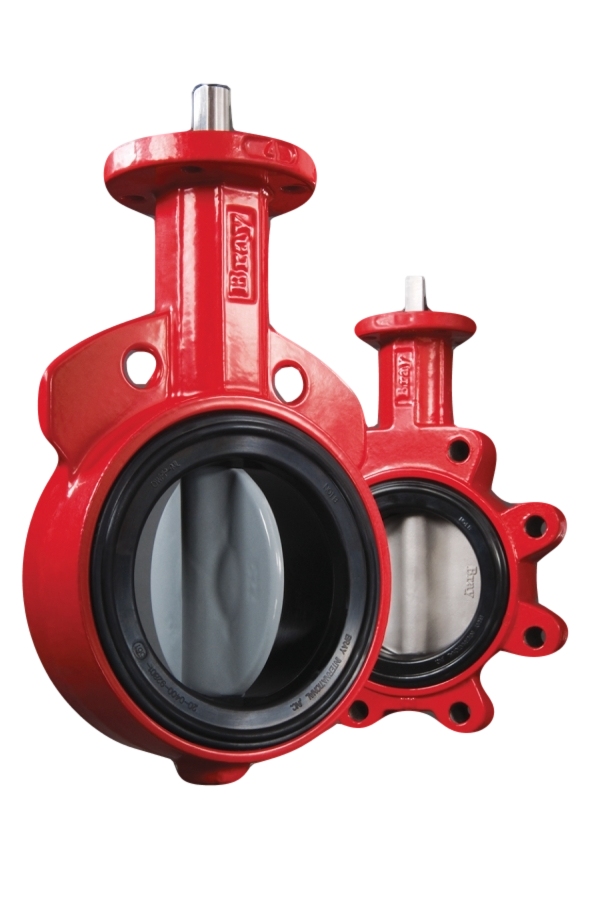





/cdn.vox-cdn.com/uploads/chorus_image/image/54600159/19_best_developer.0.jpg)




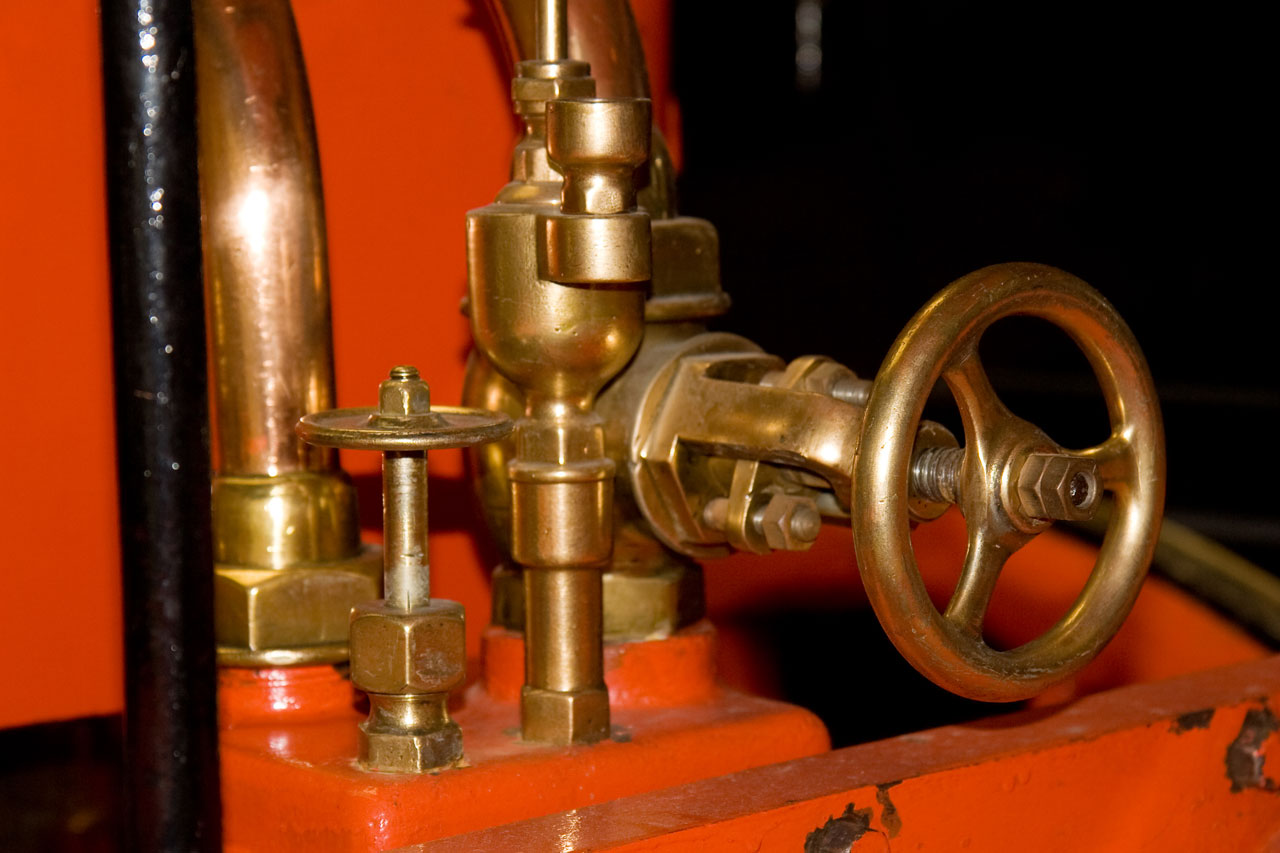










































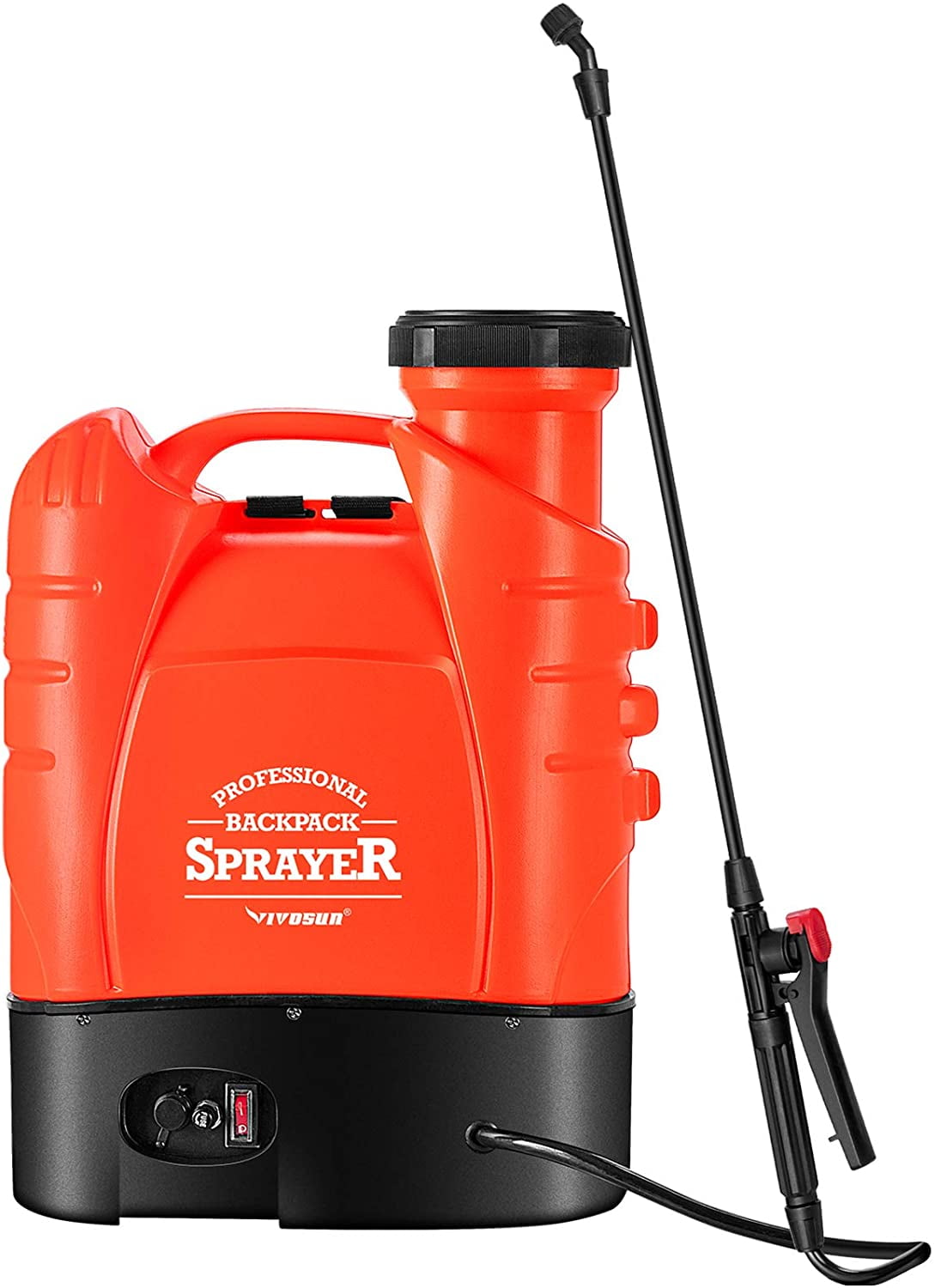












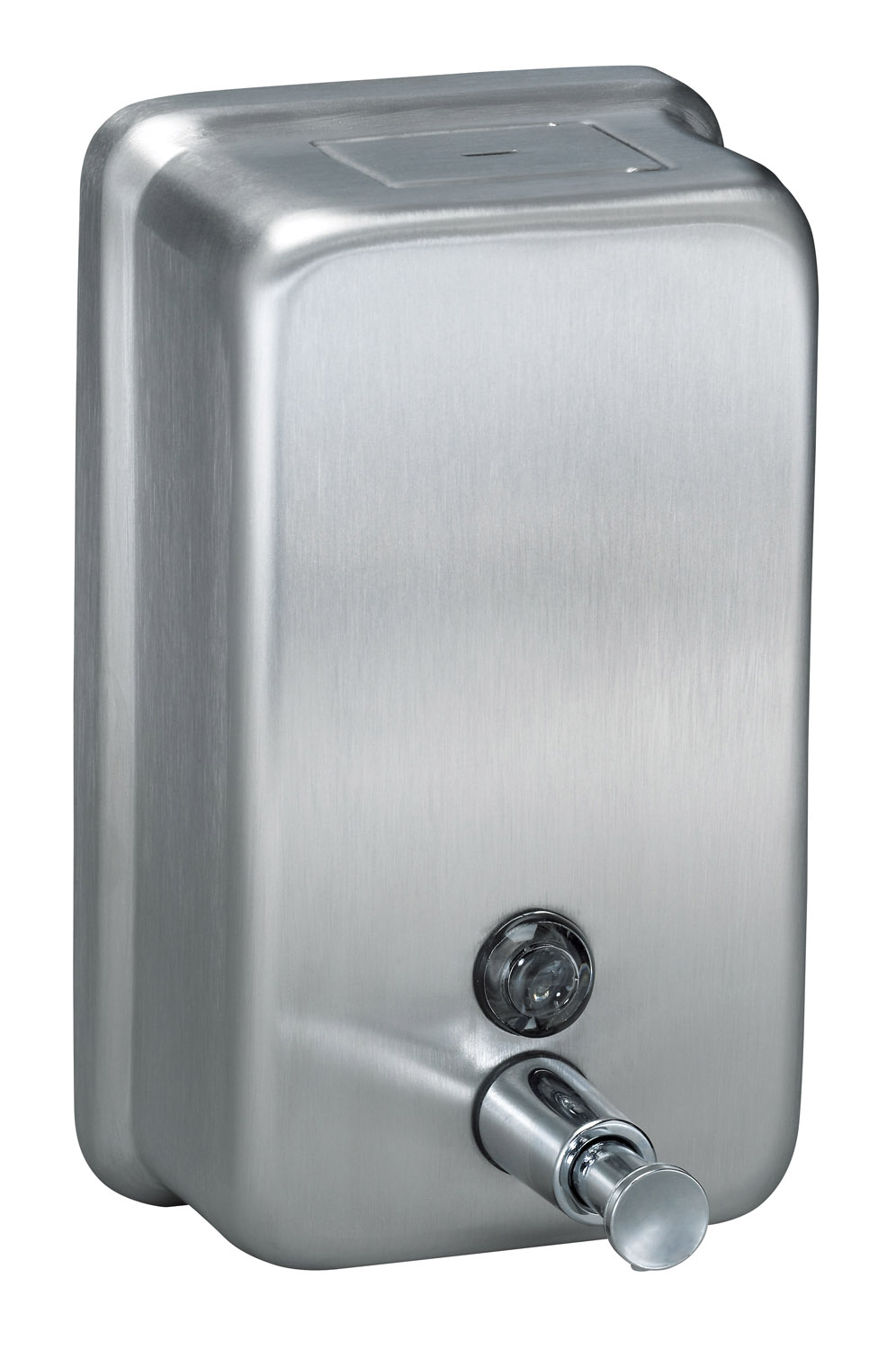








/Kitchensinksoapdispenser-GettyImages-91206440-59e82279054ad90011101a01.jpg)






